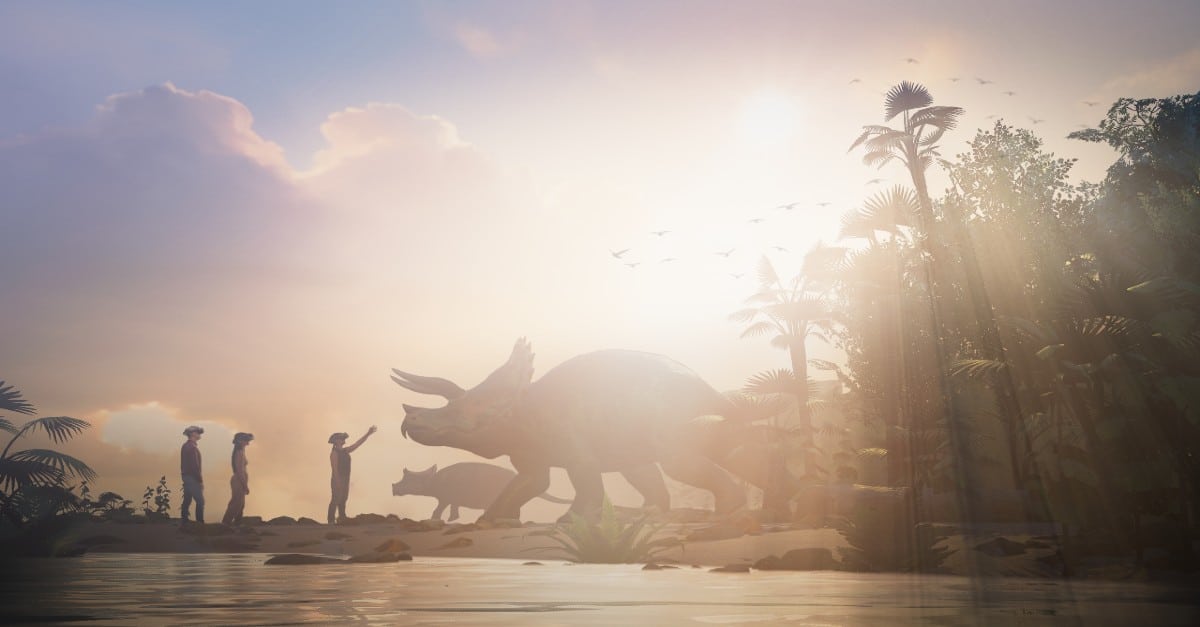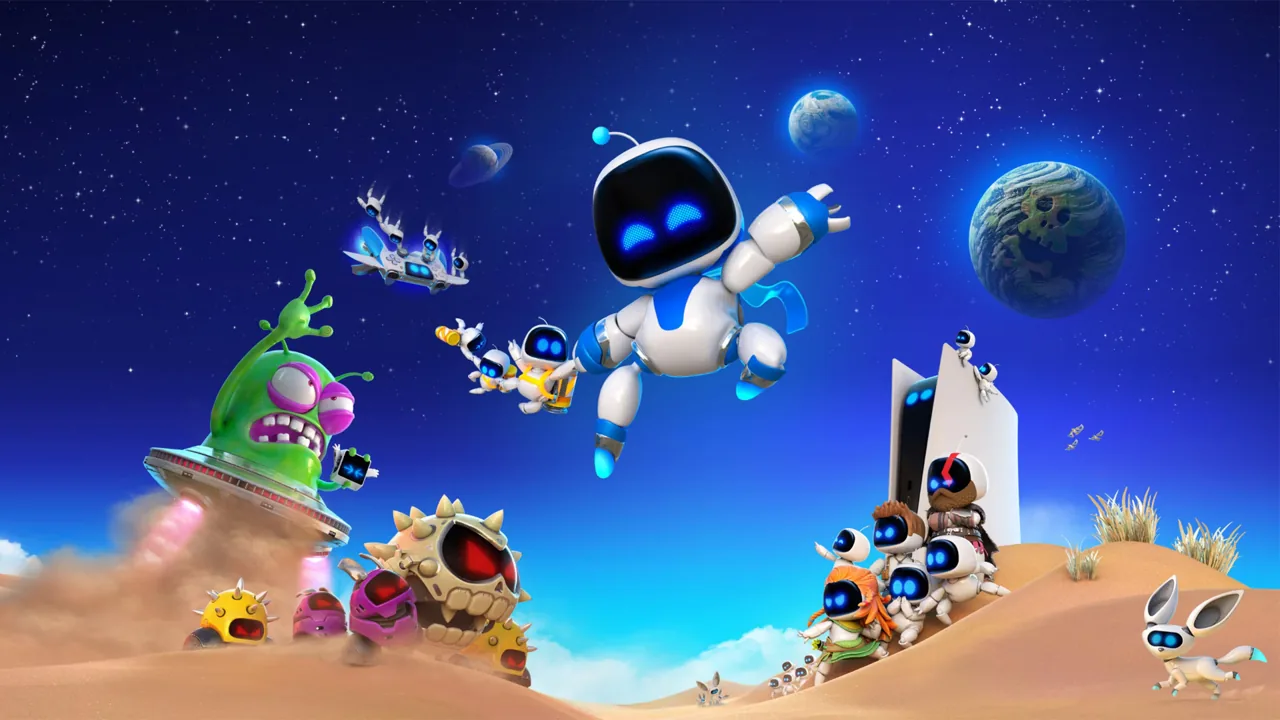The popular saga The Matrix returns to us in 2021 with a fourth sequel, The Matrix: Resurrections. Created in 1999 by brothers Larry and Andy Wachowsky, this maze trilogy, made up of The Matrix (1999), The Matrix: Reloaded (2003) and The Matrix: Revolutions (2004) has an open ending.
Often forgotten, an extra version, The Animatrix, was born out of a collaboration between the Wachowsky brothers and the Japanese animation production team. Unveiled in 2003 by a group of artists, this release combines digital art and animation with highly accurate hand-drawn graphics, and is a pure masterpiece. It reveals through a unique audiovisual illustration the deeper regions of the matrix. The history of the Animatrix goes back to the creation of the Machines, accompanies their slow and accelerated development and chronicles their rebellion against their creators in order to take over the entire planet and reverse the balance of power with the humans, who used them as technological slaves. Having gained full self-awareness and developed indomitable technology and weapons, the machines then wanted to create their own civilization and society. But they soon encountered the jealous, selfish and paranoid nature of men, who rejected any possibility of peaceful cohabitation.
The story of the Matrix begins when machines have taken over the planet and turned the planet into a state of endless dark oblivion. Imprisoned in virtual reality, humans fuel the growth of machines with their physical and intellectual energy.
The essence of the Matrix saga lies in the liberation of the human race, first at the individual level, and then at the collective level. This release should take place both in the real world and in The Matrix.
It is clear that the Wachowski brothers draw on and reinterpret Plato’s allegory of the cave. We find the same state of hypnotic submission to delusion, which traps man in the darkness of his cave, that is, in the lair of his fears, beliefs and false convictions. Plato calls man to realize his condition as a prisoner, and to reach a state of liberation metaphorically connected to the outside world on which the sun of truth shines.
However, the Wachowski brothers pushed the Platonic concept into a pessimistic impasse. No sun shines on the outside world. The real world is entirely controlled by machines, and what was formerly called the Earth is now just a collection of dead and unhospitable lands where the human who succeeds in freeing himself from the Matrix has little chance of surviving. Only Zion, the hidden and protected city, resists the annihilation of the wills. It shelters all those who keep the memory of their lives before and fight the machines, to restore their humanity. Like any society, Zion thrives not only on willpower, but also on faith and deeply rooted beliefs. Although some choose to refute the religion, a prophecy does exist, and the Matrix Trilogy illustrates the outcome of that prophecy.
In Matrix II, Neo – the anagram of “The One” – the main character of this scenario, meets the Architect of the Matrix. The latter reveals to him that the current version of reality is nothing but an identical repetition of the five previous versions forgotten by human memory. After each simulation, performed with humans liberating, the machines regain control of the worlds, in an eternal cycle of absurdity. By revealing these secrets to him, architect Neo puts before a difficult choice, the choice between arrogance and love. That is, between heroism and saving the human race by reducing the machines, and love by saving the Trinity, the woman he loves. Like Oroboro gnawing his tail, Love is entangled in a dilemma with no way out. If it disturbs the illusory harmony and the dominance of machines, it destroys humanity’s only chance to free itself from them, and thus constitutes a flash of consciousness in a previously condemned world. This reminds us of Camos’ approach to the myth of Sisyphus about the absurdity of our existence.
Beginning in Matrix II, the Wachowskis directs the philosophy and theology of the epic toward the culmination of this senseless absurdity, leaving very little room for hope of a serene existence and lordship. The matrix they weave into their futuristic story is the same one that is gradually invading our contemporary reality. The industries of illusory desires and financial mathematical equations – computed by “supercomputers” – and the multinational corporations, governments and corporations that modify our daily existence extend their dominance over our compatible societies, to ensure their prosperity. This consent is obtained through authoritarian levers, such as fear, disinformation, police surveillance, digital tracking, and monopolies, balanced by the promise of security and leadership, and by instruments of pleasure, such as consumption, the creation of illusory desires and their instant gratification.
At the dawn of the new millennium, when the hegemony of the neoliberal West seemed to be finally stabilizing, the Wachowski, like Plato, attempted to awaken hypnotic souls and encourage the individual to break free from delusion, even if the chances of victory were more absurd. This trilogy, reinforced by the Animatrix, constitutes a message of existential rebellion that invites man to rediscover his own excellence through the virtue of love, rebellion, and faith. In this way, the Wachowskys made their mark in the subconscious, the unconscious, and the consciousness of humanity, expanding the collective ethos by means of regression.
Instead of questioning reality and the forces that drive our existence,
The Matrix 4 follows the industrial norms of Hollywood and consumer society very perfectly. Unfortunately, Lana Wachowsky does not retain the essence of The Matrix, thus betraying her audience. The deepest elements of the saga disappear in this last attempt to continue the story; Rather than reflecting the declining state of our contemporary society through the mirror that is The Matrix, Lana Wachowsky loses herself in an intertwined iteration, which seems to focus only on the technology industries (special effects), on the unanimously dominant social groups (feminism, sexism, racism), Significantly weak sense of humor, and a sloppy story. The theological (prophecy and salvation), philosophical (moral and existential) and socio-psychological (individual and collective rebellion) elements are little, if not superficial or even non-existent. Serious and serious tones are muted and almost invisible, replaced by forced epic scenes, sophisticated visual gimmicks and superficial dramatic vents.
Critics and audiences alike have expressed their deep disappointment with much larger and deeper expectations and visions. We can say that Lana Wachowsky, who chose to satisfy dopamine in the collective unconscious, embodied the epic in the temporality.
The texts published under the “Mail” section only involve their authors and do not necessarily reflect the views of L’Orient-Le Jour. Please limit your texts to a thousand words or approximately 6000 characters, including spaces.
The popular saga The Matrix returns to us in 2021 with a fourth sequel, The Matrix: Resurrections. Created in 1999 by brothers Larry and Andy Wachowsky, this maze trilogy, made up of The Matrix (1999), The Matrix: Reloaded (2003) and The Matrix: Revolutions (2004) has an open ending. Often forgotten, an additional version, …

“Certified gamer. Problem solver. Internet enthusiast. Twitter scholar. Infuriatingly humble alcohol geek. Tv guru.”





